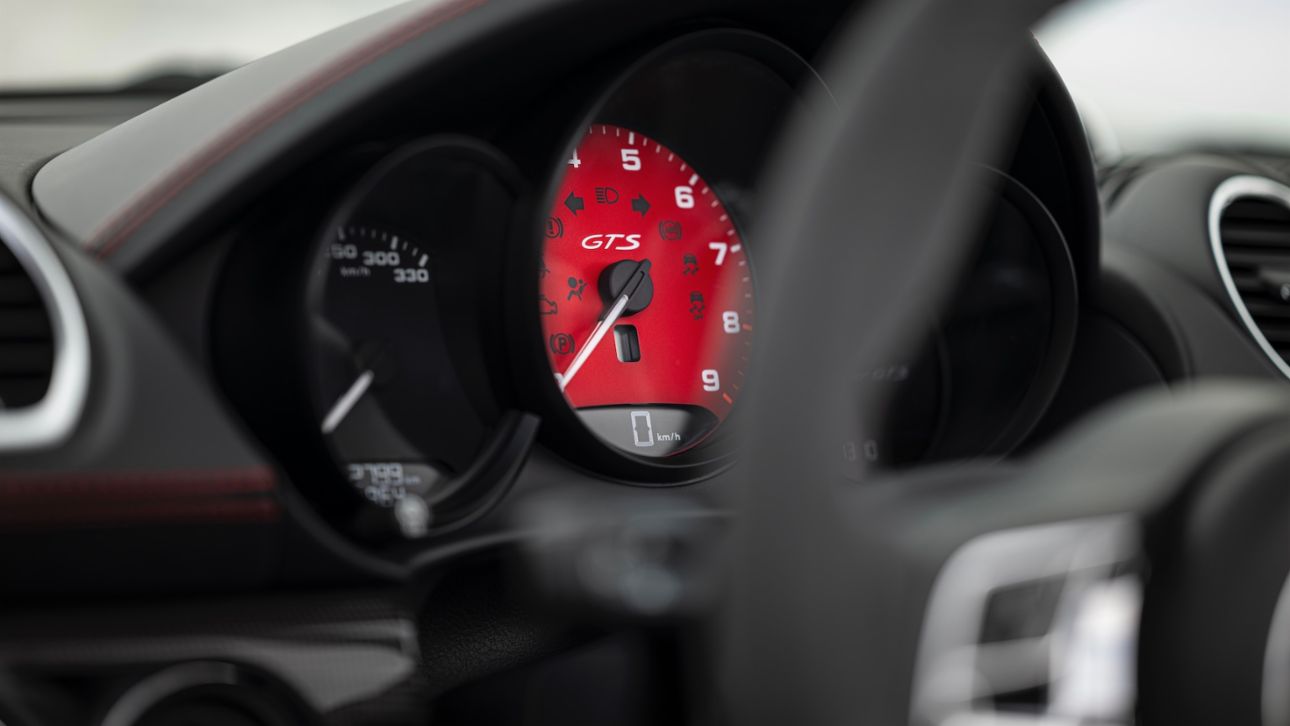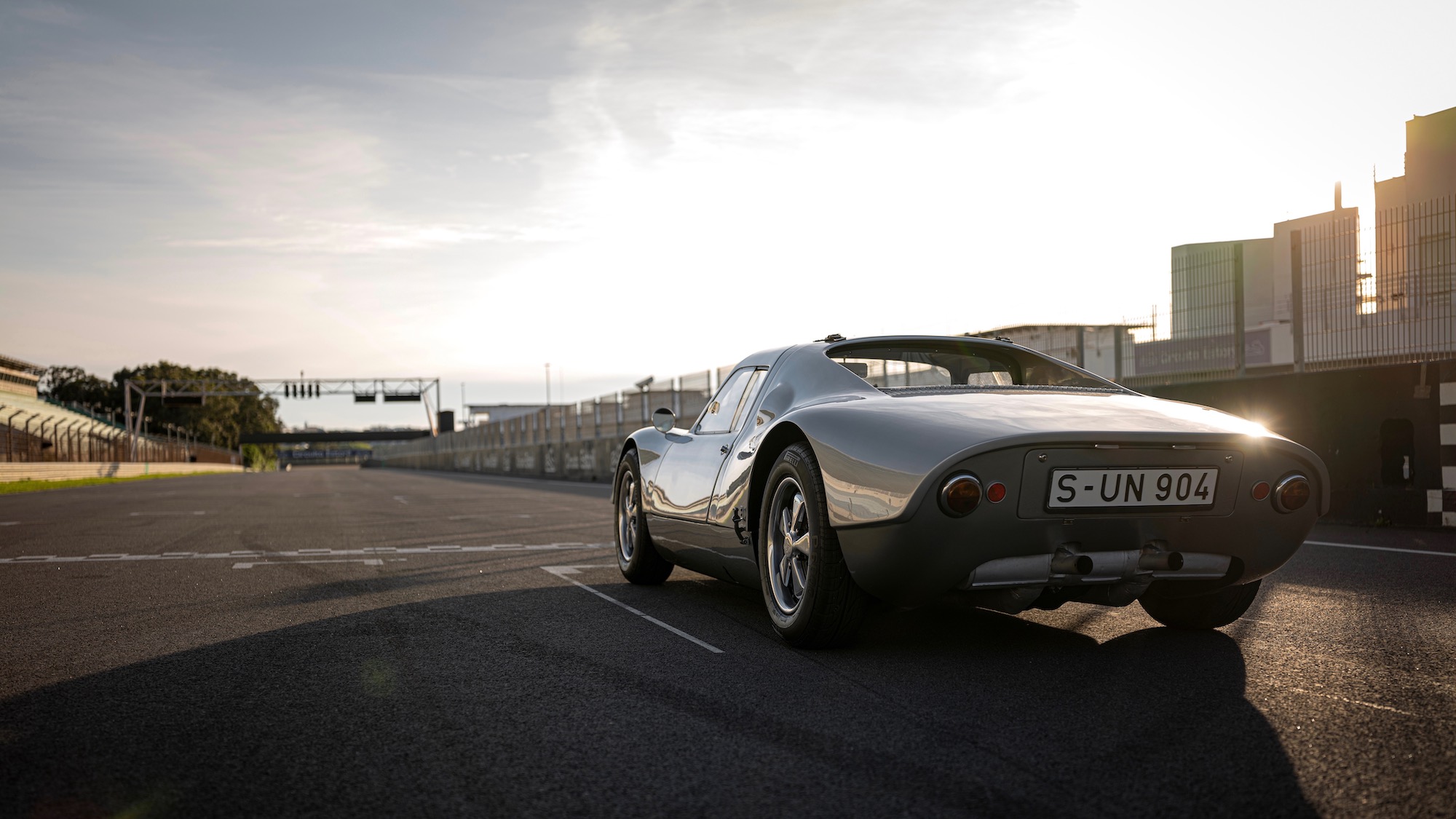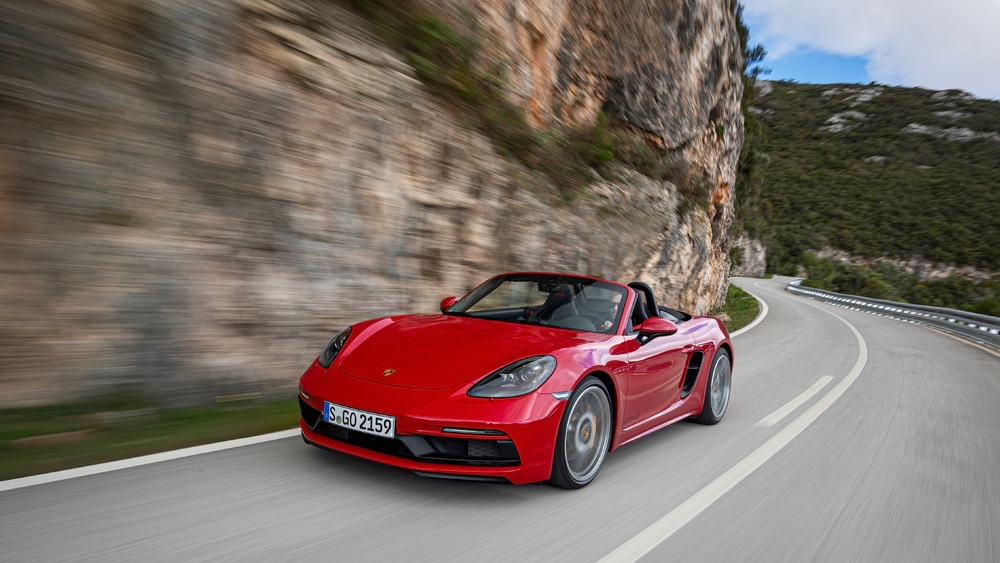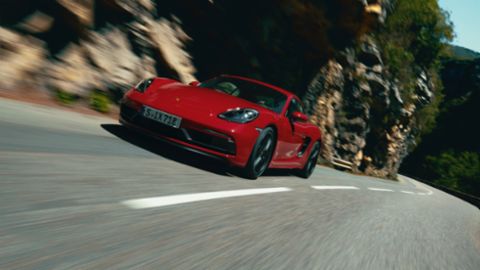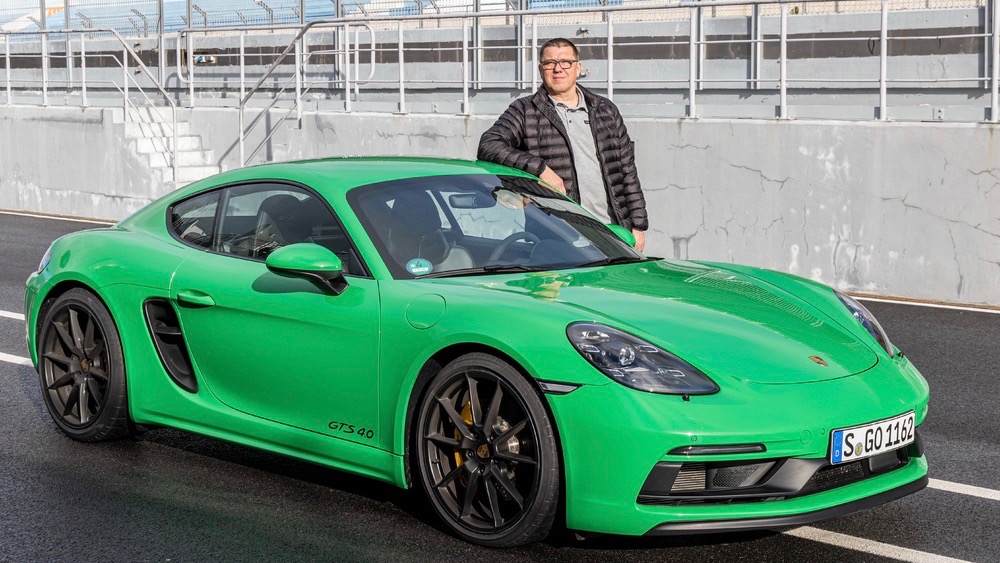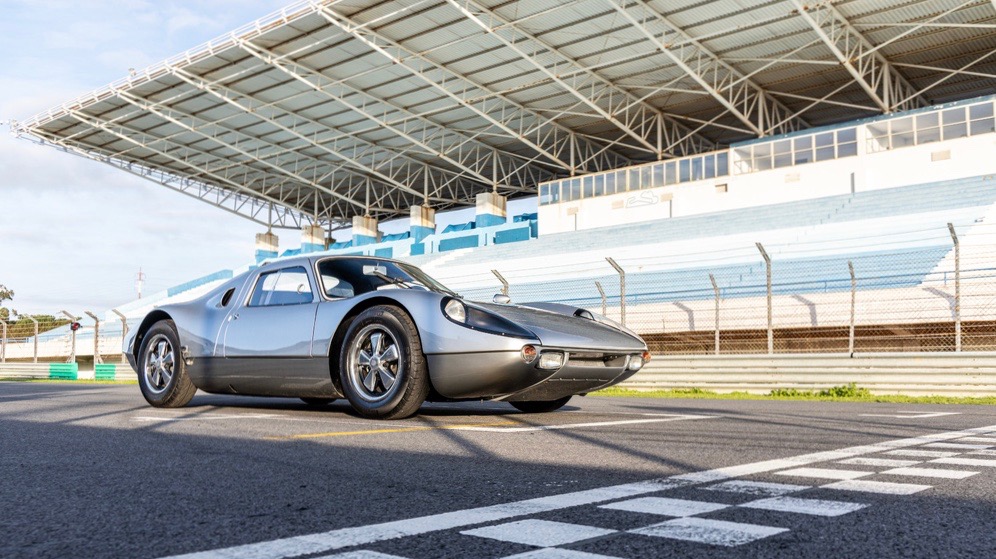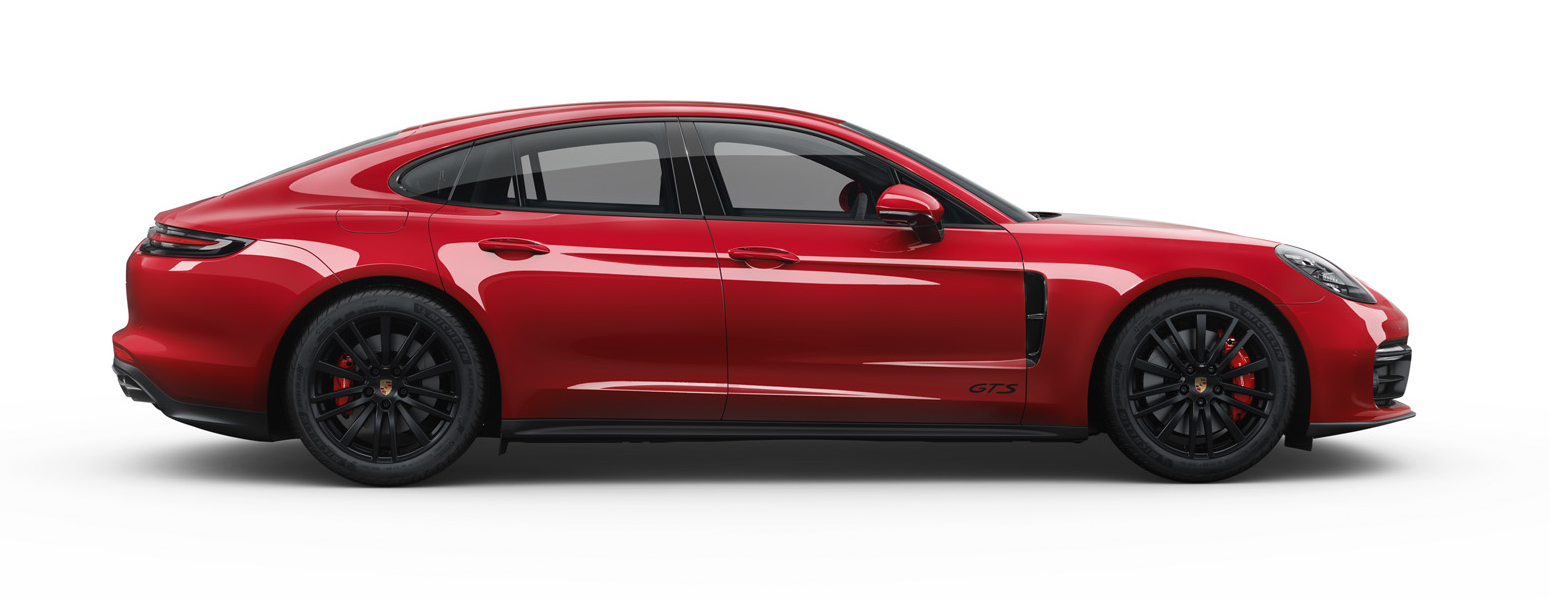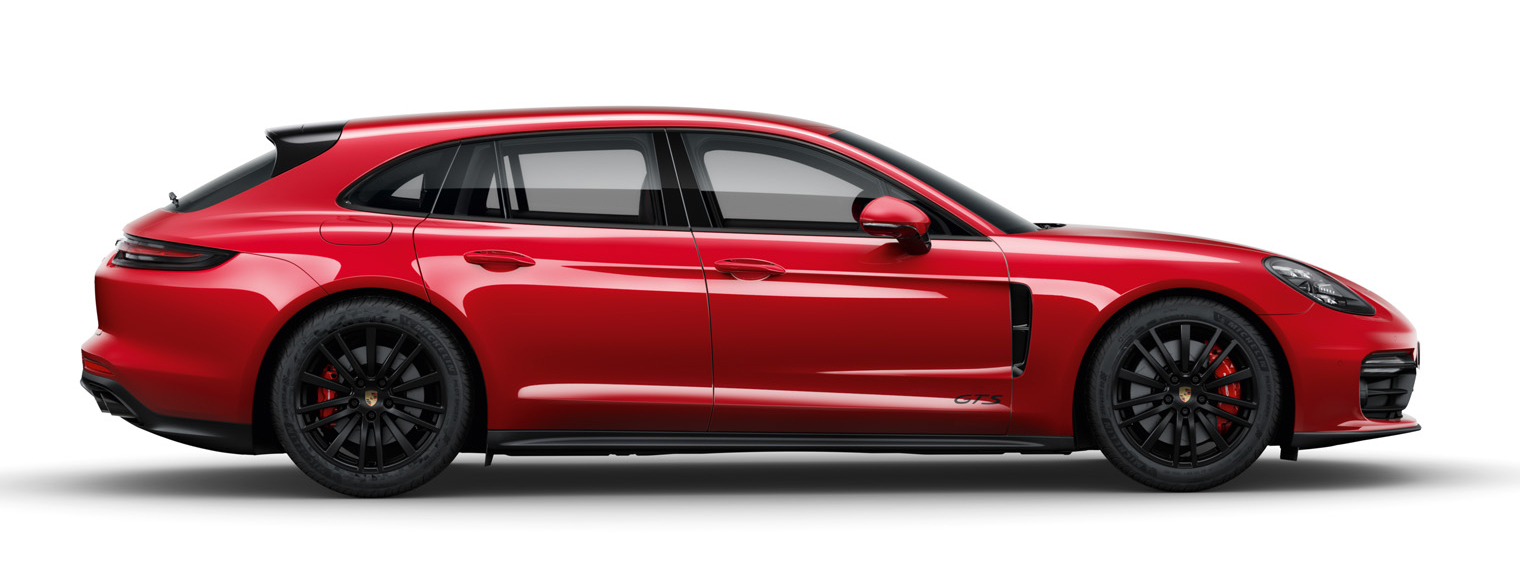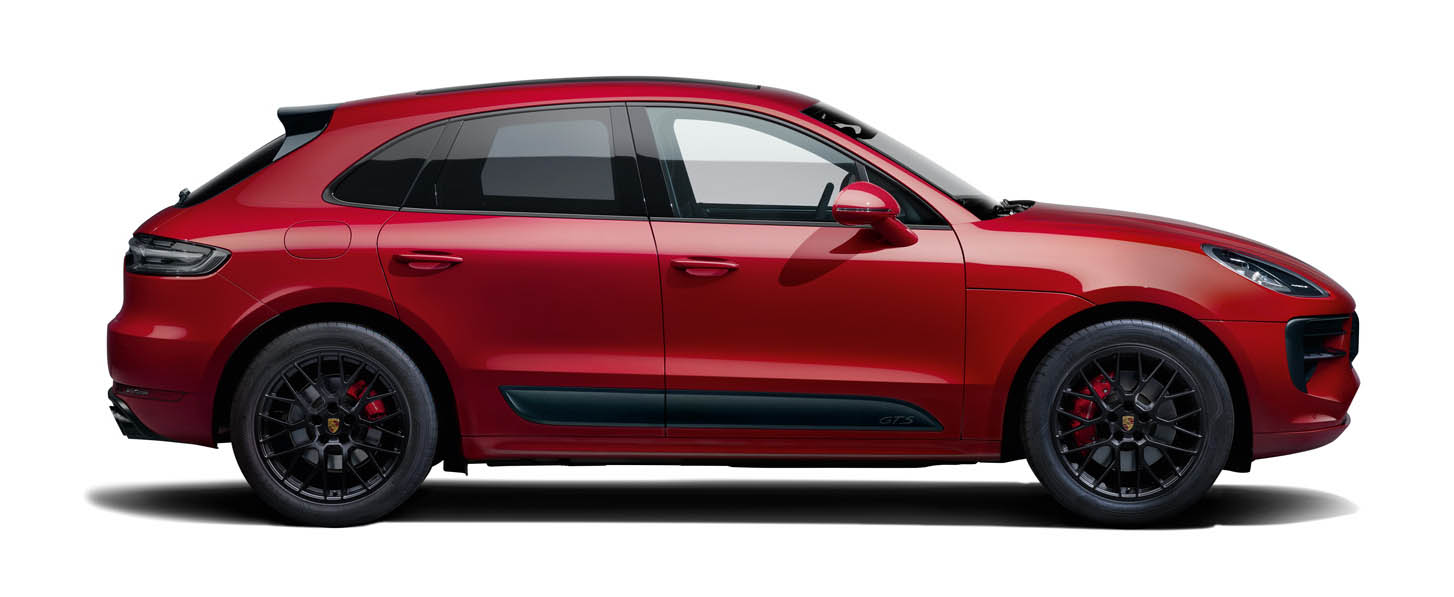Mr Roth, what's the story behind the three letters "GTS"?
“GTS” stands for “Gran Turismo Sport”. This term was coined in the 1960s with the very first model, the 904 Carrera GTS, a racing car in the classic sense of the term. Porsche wanted to bring this car to the road and turn it into a vehicle suitable for long-distance driving. The result was the GTS with added comfort and homologation.
When applied to the GTS models of today, this means they could actually race on the track ...
Yes exactly. This is best illustrated by the Cayman and Boxster with their wide spread between tremendous sportiness and everyday usability. In terms of the GTS derivative models today, we approach the design from the opposite angle than in the 1960s. When the Cayenne GTS was launched onto the market in 2007 as the very first 21st century GTS, we wanted to give it a sportier edge. This was also then rolled out in the Panamera, Boxster and Macan models.
What position does the GTS 4.0 hold in the 718 family ranking (718 Boxster GTS 4.0: Fuel consumption combined 10.8 l/100 km; CO2 emissions combined 246 g/km; 718 Cayman GTS 4.0: Fuel consumption combined 10.8 l/100 km; CO2 emissions combined 246 g/km (as of 08/2020))?
The GTS always comes after the basic and the S model. When we launched the 2.5-litre GTS, we were developing the four-litre six-cylinder engine for the GT4 and the Spyder (718 Cayman GT4 / 718 Spyder: Fuel consumption combined 10.9 l/100 km; CO2 emissions 249 g/km (as of 08/2020)), the top of the range derivatives of the model series, at the same time. Even in those days, there were considerations to use this engine elsewhere, namely in a slightly downsized version. This evolved into the GTS 4.0, the top model suitable for everyday use, so to speak.
Why doesn’t the 718 model series have a turbo model?
For historical reasons. In the days of six-cylinder engines, we simply didn’t have the space. In any case, above the 718 series we have the 911, which is Porsche’s more powerful sports car. It makes more sense in our view to let our more track-oriented models such as the GT4 and the Spyder lead the field.
You’re talking about the 911 models. How is the 718 model series ranked in the Porsche world?
The basic variant of the 718 is the entry-level model into the Porsche world. A relatively large number of buyers then advance to the higher specification variants, the S and the GTS, and then very often the next step is the 911. But statements like these always depend on the specific market.
How do the markets differ?
In China, for example, we have an average customer age of 32, by far the youngest, and the highest percentage of women with 56 percent. China is already one of the largest single markets for the 718. This is partly attributed to the displacement taxation there which is relatively low on the two-litre four-cylinder engine.
What are the top 3 purchase reasons on the individual markets?
In China, our concept has helped us gain an edge over many competitors in this segment. As we are positioned in a segment which is within the financial means of many customers, we hold 80 percent of the market share in this segment. An utterly amazing figure. Chinese customers state their main reasons for buying the 718 as the exterior design, brand reputation and the “suits my needs” category.
And in the USA?
Here performance is the top priority, followed by exterior design and brand loyalty. In Germany, exterior design is ranked highest and then performance and body type, in other words the two-seater concept with mid-engine. All very similar as you can see.
Going back to the GTS 4.0. How would you sell this model to a potential buyer?
It offers a great package with all the options needed to have an optimum sports machine on both the racing track and for everyday use on the road. It also looks great and has an excellent sound courtesy of its six-cylinder engine. Not to mention that the car is also a financially attractive investment.
Info
Jan Roth has been with Porsche since October 1996 and has worked with the 718 model series since its beginnings. He characterises the cars by saying “mid-engine sports cars have always demonstrated their advantages on tight corners and hairpin bends”.
GTS models + review
The GTS models provide the sporty finishing touch to virtually every model family. Sporty beginnings: with a Targa Florio winner in 1964.
904 Carrera GTS
The forbearer
The silver Carrera is the first Porsche to have the legendary GTS designation added to its name. Ferdinand Alexander Porsche designed the mid-engine Coupé in line with the maxim “every Porsche is suited to racing” for both the road and the track. The two-seater celebrated its premier at the Solitude track in Stuttgart on 26 November 1963. It was the first sports car from Zuffenhausen which featured a plastic body. A total of 110 units were made. The car recorded its biggest victory in 1964 at the Targa Florio in Sicily driven by Baron Antonio Pucci and Colin Davis.
Characteristic GTS
Classic elements
- Distinctive front apron
- Lowered sports chassis as standard
- Interior with black Alcantara
- Black twin tailpipes on the sports exhaust system
- GTS design concept: Logos, radiator grille and tyres in silky-black
- More torque and more output than the other models in the family
- Red brake callipers
Current GTS models
Other model series
Panamera GTS
Combined fuel consumption: 10.3 l/100 km; CO2 emissions: 235 g/km
Engine: V8 biturbo
Displacement: 3,996 cm3
Power output: 338 kW (460 PS)
Torque: 620 Nm
Vmax: 292 km/h
0–100 km/h: 4.1 s
Panamera GTS Sport Turismo
Fuel consumption combined: 10.6 l/100 km; CO2 emissions: 242 g/km
Engine: V8 biturbo
Displacement: 3,996 cm3
Power output: 338 kW (460 PS)
Torque: 620 Nm
Vmax: 289 km/h
0–100 km/h: 4.1 s
Macan GTS
Fuel consumption combined: 9.6 l/100 km; CO2 emissions: 218 g/km
Engine: V6 biturbo
Displacement: 2,894 cm3
Power output: 280 kW (380 PS)
Torque: 520 Nm
Vmax: 261 km/h
0–100 km/h: 4.7 s
